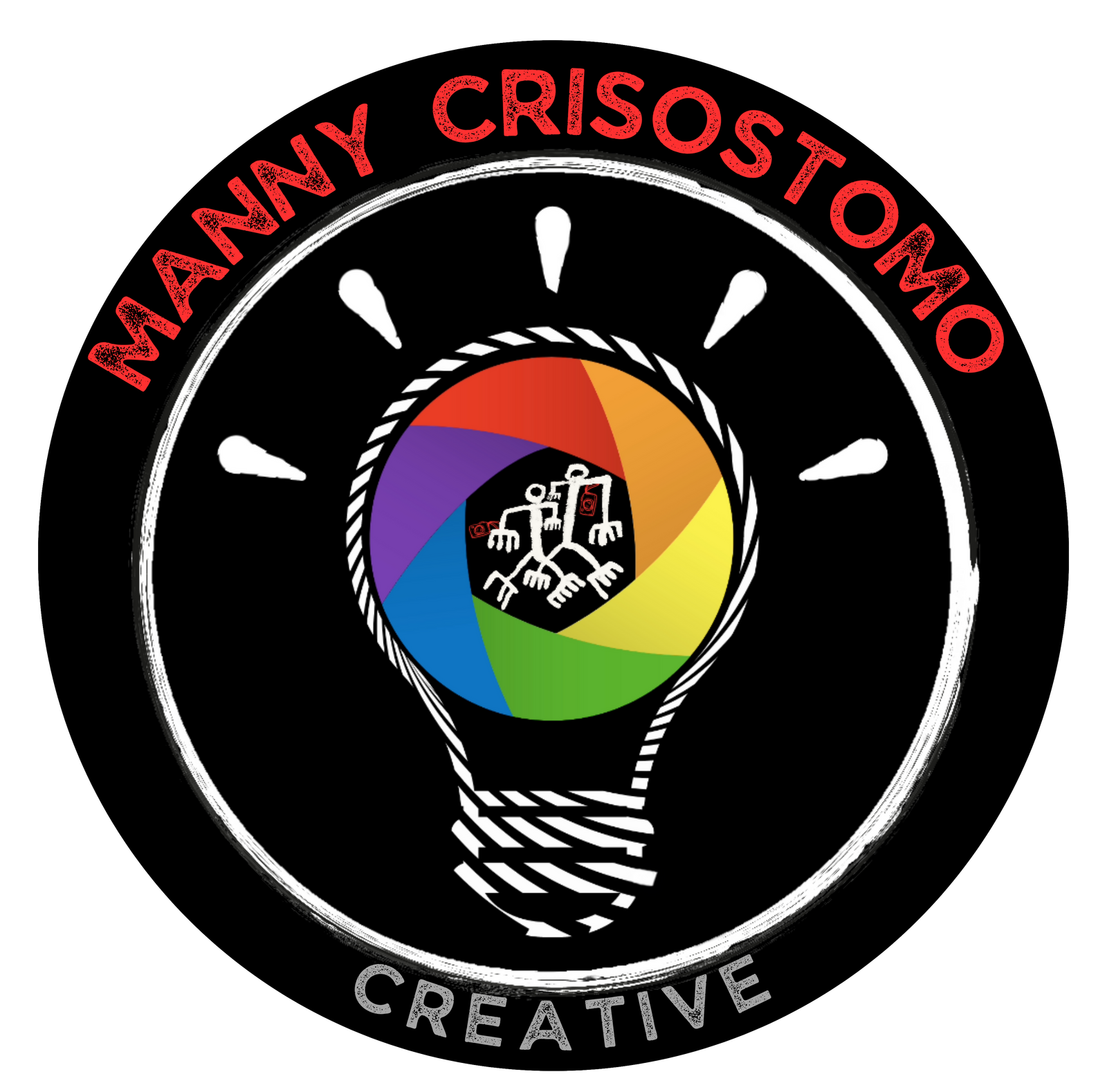Eight miles from Disneyland I pulled into a nondescript tract house to what this mahålang CHamoru would describe as the second happiest place on earth. I could hear CHamoru chants coming from the side of the house and was greeted by the sight of Kutturan Chamoru dancers practicing.
I passed the dancers on the patio to a large outside CHamoru kitchen and could see red rice, chicken kelaguen, pancit and latiya on the two oversize tables. The smell of barbecue chicken lured me to a huge backyard but was distracted by a familiar looking hålom tåno’ (jungle).
I ignored my hosts and started wandering through trees and bushes of mångga, bilembines, alageta, åtes, papåya, kalamanse’, aga’, cherimoyas, åbas, mansanan pao take’, lemon China, lemon adamelong, camachile yan donne.

“I really want this to be just like back home,” said former Agat resident Albert Van Meter of his little låncho on the back end of his quarter-acre lot in the Southern California city of Cypress.
My glee and delight at Van Meters’ låncho transports me back to my childhood days wandering through the rural backyards and jungles of Guam. I am not alone in being wonderstruck, said Van Meter.
“The manamkos (CHamoru elderly) would come back here and be amazed and say ‘leche Albert na tinanom’ (holy crap Albert your plantings!). And it brings them back (to Guam) and I love their appreciation of that.”
This is no scattered or wild tinanom of fruta yan gollai siha (the planting of fruits and vegetables), as Van Meter has been for the last 25 years sculpting a vision of a supersized garden or a mini plantation filled with Guam-specific produce.

In addition to the Guam-centric plantings, he has grapes, white peach, persimmons, pears, pomegranate, grapefruit, naval and cara cara oranges, seasonal vegetables and a few cannabis plants.
He is disappointed that he can’t grow pugua’, pupulu, lemmai yan niyok, owing to the Southern California winter’s cold spells.
“This is my tåne’ (to be busy or occupied with) right here, this is what I am going to do when I retire, take care of these plants,” said Van Meter, 66. “I just give it away, this is my passion, this is part of my culture, if I have something I’ll give it to you, this is us.”

Van Meter hopes to retire next year from the job he took after retiring from Sony, where he worked for 28 years as a facilities manager. His wife, Teresita, has worked at the same Sony facility for 34 years; she loves working there and has no plans to retire.
He said he left Guam when he was 14 years old and lived with family in Long Beach. He went back home after high school graduation, worked at Bank of America, met his wife and had kids.








